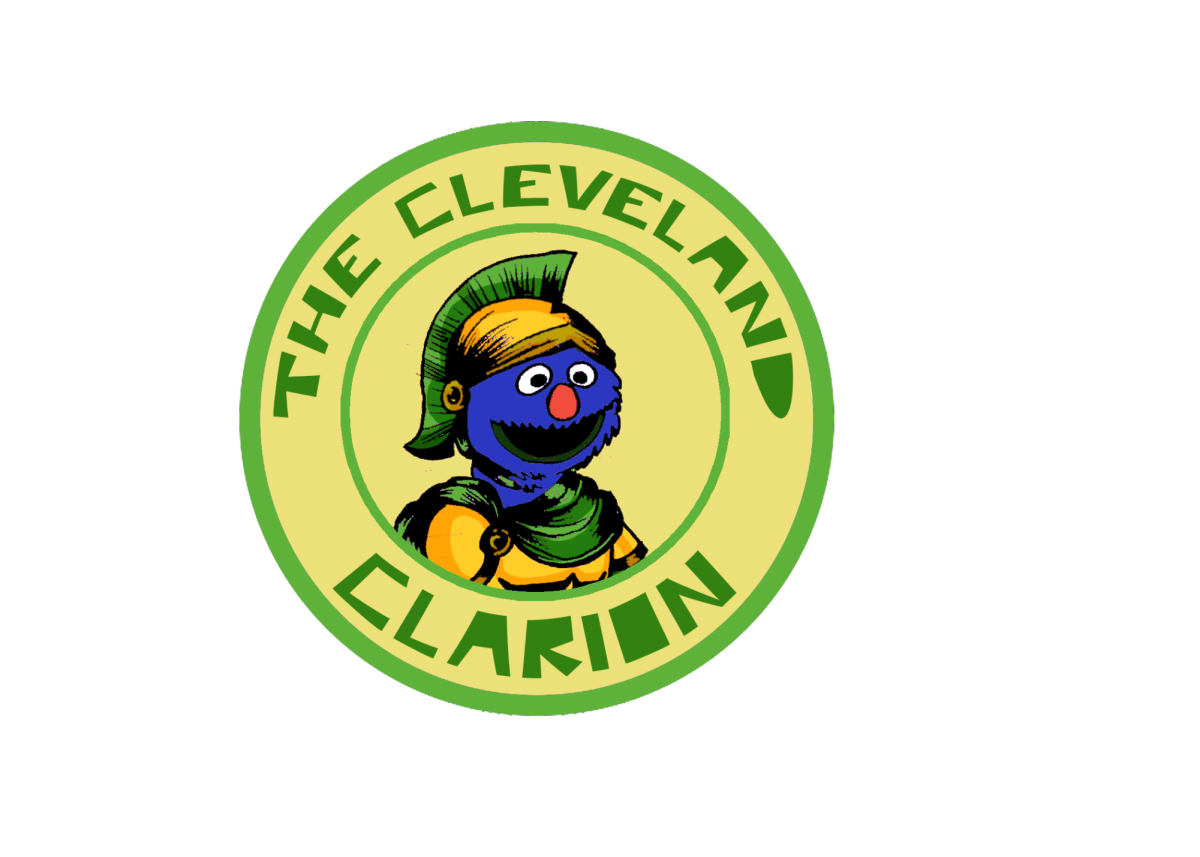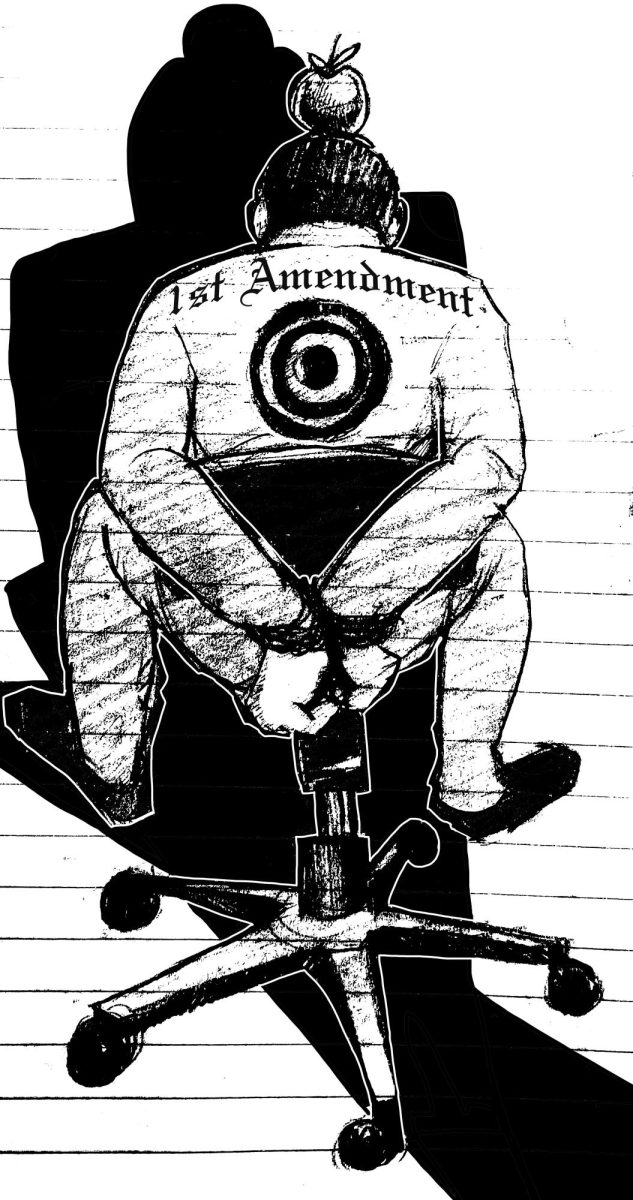Types of Feminism
March 14, 2016
Feminism. The all important idea that women are, in fact, people. Defined as the advocacy of women’s rights on the grounds of political, social, and economic equality to men, feminism and the feminist movement has multiple branches that represent its different sides. The ones we will cover here include the original version and start(s) of feminism, the terrifying “white feminism,” and the important “intersectional feminism.”
Let’s start with the roots of feminism. Most people credit the origins of feminism with the women’s suffrage movement in the early 20th Century, despite the fact that many of the women involved did not see themselves as feminists. This is the first wave of feminism. First wave focused on equal contract, marriage, parenting, and property rights for women. Activism for the first wave was all about the right to vote. They focused little on abortion, birth control, and reproductive rights. Those topics were covered in the second wave of feminism, which took place in the 1960s. This second wave not only addressed the topic of reproductive rights, but also brought to light familial issues, sexism in the workplace, de facto inequalities, domestic violence and rape, and representation of women in the media. This second wave was extremely important as a basis for modern feminism, but ended in the mid-’80s after the movement had disputes within itself about sexuality and pornography. This brought in the new era of third wave feminism in the ‘90s. Third wave feminism is what we have today, and focuses on abolishing gender roles, stereotypes, and pronouns that are binary or exclusive. Third wave feminism is still forming, and as a result, has branched into multiple sections that have very different ideas of feminism and what it represents. One of these many sections is the dreaded white feminism.
Despite its initial connotations, white feminism is not a type of feminism based solely on your race. It relates more to how inclusive your views on feminism are. White feminism is a general term that pertains to when a self-proclaimed feminist only has the needs of white, cis, heterosexual women in mind. For the most part, this type of feminism doesn’t include women of color, transgender women, lesbians, bisexuals, or anything in between. White feminists are known for only caring about the “Free the Nipple” campaign or “free-bleeding.” Not to discount either of those causes, but those should not be the only issues you crusade for when genital mutilation is still legal in many developing countries and when India still has the highest rates of child brides in the world, according to the Girls Not Brides campaign. Celebrity white feminists are notorious for using women of color as props for their own benefit but not using their position of power to help the women of said community. Prime example: Taylor Swift and the “Shake It Off” video. One of the recurring dancing scenarios includes black women twerking, a style that originates from the mapouka dance of West Africa, and Swift crawling between their legs. These women are used as props in Swift’s video, based on their race, gender, and abilities. The video just becomes a very 21st Century example of cultural appropriation. So Swift is using women of color to fuel her career, but when have you heard her stand up for or help the community in any way? She tends to stay away from making any kind of political statements. Wouldn’t be surprised if she ends up being a Hillary supporter.
So how do we be inclusive when it comes to feminism? Here’s a term for you: intersectionality. An intersectional feminist realizes that women face varying degrees of oppression and these different forms are bound together by societal systems. These differences have to do with race and ethnicity, gender, class, and ability. Intersectional feminists realize that to really be a feminist, you must recognize that all issues of female equality are related. You can’t pick and choose what kind of women or women’s issues you want to support. Being an intersectional feminist means supporting all kinds of women, not just the ones that are similar to you. This kind of feminism points out that media covered feminism is overly white, upper-middle class, cis-gendered, and able-bodied. Malala Yousafzai, a teenage girl who survived an attack by the Taliban while attempting to attend school in Pakistan, is a perfect example of intersectional feminism. Yousafzai continually uses her fame to advocate for the equal education of girls and women, her main message being that there should be no restrictions to what kind of girl is able to receive an education. Bottom line, she just wants any girl who wants an education to be able to get an education. On her 18th birthday, she opened a school for Syrian refugees near the Lebanon/Syria border. Yousafzai is perfectly using her position of power to create change and ensure that all girls are able to get an education. There’s your intersectional feminism.
Feminism is a continuously changing movement. It’s important to remember that no one should be shamed for what they know or don’t know about the topic. They should simply be educated. It’s ok to let someone know that their views aren’t completely inclusive. Sometimes people don’t realize that they’re being exclusive in their thinking and they shouldn’t be condemned for it. Don’t let yourself or others remain uneducated and be labeled as white feminists! Education is key, especially in a topic as complex, important, and ever-changing as feminism.














